Living with Autism – 6
October 24, 2012
Literally, within a week of consuming no gluten, William gave me eye contact for the first time; he responded to his name; he began babbling and gained interest in a few toys. He had more energy and seemed more alert. Finally, I felt some hope. For William, he seemed to be opening up to the world around him.
A few months into the gluten-free diet, my husband and I took William to see a gastrointestinal doctor. She did not support the diet and tried to convince us that his improvements could have been from occupational therapy and other factors. She encouraged us to reintroduce gluten into his diet, especially since William ate so little anyway. We decided to heed her advice – a bit relieved because following a gluten free diet proved difficult for us at the time.
Two weeks after adding gluten back into his diet, William regressed. He no longer babbled; he lost eye contact, and he seemed sluggish and irritable. My husband and I were disappointed, but at the same time, we were certain that eliminating gluten had made a significant different in William’s well-being. This time, we decided to go at it full force: no gluten, no casein.
Miraculously, William regained his energy, speech, eye contact, etc. Best of all, William slept through the night for the first time. No longer did he wake in the wee hours of the morning screaming and writhing his body. He also had regular bowel movements (He had severe constipation before) for the first time in his life. William still had autism, of course; however, he felt more comfortable in his body and became more aware of the world around him.
William is now 4 ½ years old; you would not know he was autistic unless I told you. He is mainstreamed in a typical preschool; he has a best friend and is a happy, energetic kid. When people ask me what I think was the biggest contribution to his recovery, I tell them that it was relieving his hidden ailments, which I discovered came from his body not being able to process the proteins gluten and casein. Certainly, there are many other contributors – like occupational and speech therapy, ABA therapy, and the floor time approach. Yet, without the physical well-being William experienced from a casein/gluten free diet, I do not know how well these therapies would have taken.
Nicole D – Austin, TX
Suggestions from the Feingold Diet
As also suggested in the Feingold diet, there should be no artificial food dyes, artificial preservatives and sugar substitutes in your child’s diet. All of these are known excitotoxins altering and poisoning your child’s brain. To them, these artificial products have the same effect as some illegal drugs have on other people’s behavior. Please be aware of this important fact in your child’s healing diet plan. Some ASD children are also sensitive to salicylates (common aspirin derived from the bark of the willow tree) contained in an assortment of foods and fruits, especially dark-skinned berries like blackberries, blackcurrants, and blueberries and so on. Please check the Feingold Association at www.feingold.org for more information. Salicylates can also be used as a food preservative.
MSG
If you or your children are already allergic to processed gluten and dairy, known sources of GLUTamate, then you/they most likely will be highly sensitive to MSG (Monosodium Glutamate). In people already sensitive to the opioid-like gliadin and casein proteins, glutamate will affect the same brain centers and create the same psychological and asocial results. Glutamate is part of a group of toxins called excitotoxins that are known to affect all of us, but that affect Autistic patients much more severely. This warning also applies to other excitotoxins like aspartame (in sugar-free and diet foods) and L-cysteine.
A comment about some new drugs claiming to “heal” Autism: most of them simply block the effects of glutamate and not much more. I would suggest you educate yourself on the hidden sources of glutamate and remove it from your diet. I hate to say it, but that means getting off all fast food and most processed foods, even some organic ones. As I always say, become your own label detective. If you can, eat freshly prepared food cooked at home. That is the safest way for you and your family. For more in formation on where to find MSG, check the Hidden Source of Gluten and Dairy list in Appendix C and on www.msgtruth.org and www.msgmyth.com.
Where Can You Get Help with Your Child’s Diet?
If this is the case with your child, I highly recommend you consult with a physician, dietitian or nutritionist well versed in this subject to create a specific healthy diet plan for your child. My book is here to help you get started, but is not meant to be a replacement for a personalized plan created for your child only. In Austin, I highly recommend the nutrition team at Thoughtful House. They will provide you with a clear dietary plan and recommendations on nutritional supplementation to fill possible deficiencies. In other cities, check the online DAN! directory for guidance in finding the right health professional for you and your child. Please see Appendix B.
Chef Braux’s Recipe
Salade Niçoise. Niçoise Salad
Here’s another classic from my hometown, Nice. Also called “la salade du soleil” (salad of the sun) in our region. It is loaded with fresh produce bought from the daily neighborhood open market or picked fresh from the garden. This salad will evolve with the seasons. It will be slightly different in Spring than in Summer. I will give you a modern version. Have fun and be proud of your own version. Needless to say, this is a whole meal to be enjoyed with family and friends.
Servings: 4
Prep Time: 40 min.
This recipe is GFCF
INGREDIENTS
– 1 head of fresh lettuce or your favorite garden salad
– 8 heirloom tomatoes, firm and not too ripe
– ½ lb of new small potatoes or small red potatoes
– 4 oz haricots verts or green beans (about ¾ cup)
– 2 small artichokes, peeled and sliced or 1 can artichoke hearts (optional)
– 1 colorful pepper (green, red, yellow)
– 8 oz canned tuna pieces in water
– 1 celery branch with leaves
– 2 green onions or 2 shallots
To decorate your salad:
– 6 eggs, hard-boiled
– 2 oz small black olives Niçoises (about 1/3 cup)
– 8 anchovies filets in olive oil, patted dry
Red Wine Vinaigrette:
– 8 Tbsp extra virgin olive oil
– 2 Tbsp red wine vinegar
– ½ tsp sea salt
– ¼ tsp freshly ground black pepper
PROCEDURE
1. Cut the salad leaves from the core, wash and drain properly.
2. Wash the tomatoes; cut them in 8 parts, do not slice them (it looks prettier and you won’t have tomato seeds all over the salad). Sprinkle them with sea salt and let sit in your refrigerator.
3. Hard-boil the eggs; cool and peel them and cut them in quarters.
4. Cook the potatoes until tender but not too soft. Drain, cool and set aside. Cut in halves.
5. Steam your haricots verts for 5 minutes or until al dente. Drain, cool, set aside. Cut in 2 inch pieces.
6. Peel and mince the green onions or shallots.
7. Place the anchovy fillets between two paper towels to pat them dry.
8. Wash the pepper; cut the top off; take the seeds out and slice thin.
9. Wash the celery and cut into small dice.
10. If you wish to use fresh artichokes, pull the outer leaves out and with a small knife, cut out the outer part to expose the heart. Rub with a half fresh lemon all over to keep it from darkening. Slice thin and reserve. Or drain canned artichoke hearts.
11. Using a large deep platter or salad bowl, place the salad leaves at the bottom; add a layer of tomatoes, a few potato halves, a few cut haricots verts, a few slices of artichoke (optional), a couple of slices of colorful pepper, tuna pieces, a couple of pinches of diced celery and green onion slices.
12. Repeat this operation until you run out of ingredients.
13. Prepare your vinaigrette. Dress and toss the composed salad gently.
14. Decorate the top of your salad with hard-boiled egg quarters, small black olives and anchovy fillets.
Bon Appétit!
Chef’s Tips:
If you want to prepare a luxury version of this salad, you can replace the canned tuna with fresh grilled tuna.
Other options are fresh shelled green peas or beans, add a few leaves of parsley or basil; add finely minced garlic. You can use any salad greens you like or even mixed field greens (my favorite). Have fun and be creative. Just don’t go too far out there or you will not be able to call it “Salade Niçoise” any more.
One last chapter coming soon on soy food allergies and Autism.
Chef Alain Braux
From: Living Gluten and Dairy-Free on Amazon.com
Disclaimer: This article has been written as an educational tool only. It is not a substitute for the informed medical recommendations of your personal physician or other qualified healthcare provider.
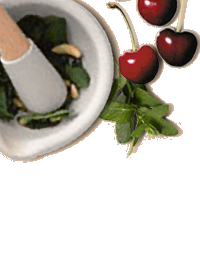
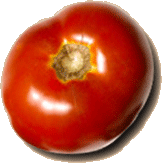
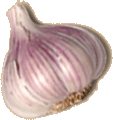
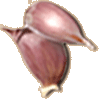
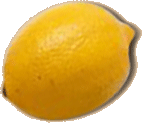
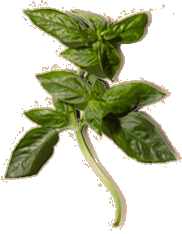
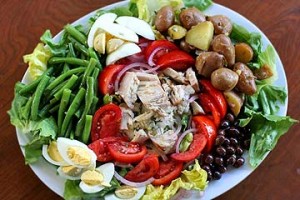
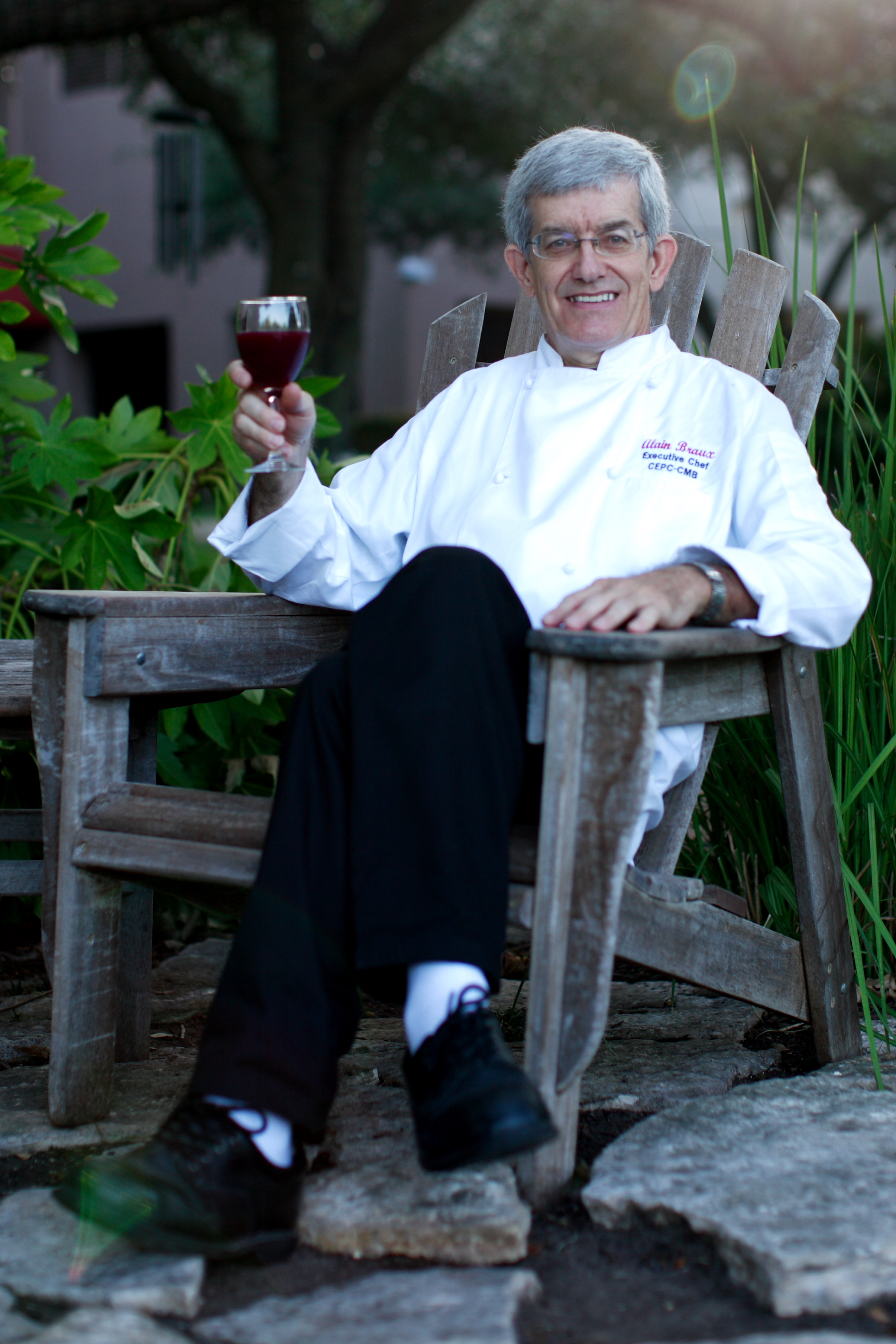
leave a comment